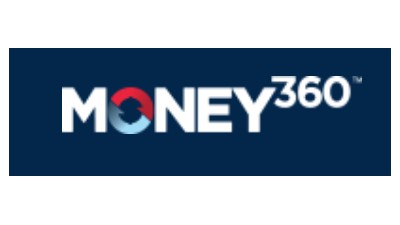Checking In On The Q4 Lending Landscape

Despite lengthy, uncertain conversations on financial regulation reform, commercial real estate borrowers continue to have a positive outlook on the financing landscape. According to a survey from National Real Estate Investor, borrowers identified banks and life insurance companies as the two sources most likely to increase lending activity in 2018.
While confidence in the capital market has grown, continued pressure from regulations like Dodd Frank and Basel III continues to limit traditional lenders when it comes to commercial real estate lending.
“If you look at capital availability for Q4 and going into 2018, it will be strong,” Money360 President Gary Bechtel said. “But you are going to see a changing landscape of the providers of capital. Historically, traditional lenders provided the bulk of capital for commercial real estate loans. After the Great Recession and the regulatory changes, those entities are operating in a much more regulated environment.”
Nonbank and private lenders have moved in to fill the void in CRE financing. Total nonbank origination came to about one-third of loan originations in a financial sample studied by CrediFi.
“Year-over-year, the volume done by nonbank lenders has been growing,” Bechtel said. “It is nowhere near close to satisfying the void left by the traditional lenders. So new entrants are coming into the market, whether they are backed institutionally or not. Publicly traded companies have popped up, as have new REITs to bridge the gap.”

Each traditional lender has been hit by a different regulatory action. A drop in investor interest and a required 5% retention of the credit risk of securitized assets have made CMBS lenders more selective with the loans they originate. Among banks and credit unions, high volatility commercial real estate measures dictate loans must meet the minimum 15% equity requirement. Leverage on such loans cannot exceed 80% of the estimated completed value of the project. Borrowers have to make up the additional 5% through either personal funds or additional sources like hard money lenders.
Life insurance companies, regulated by the National Association of Insurance Commissioners, generally limit their CRE exposure to 12% to 15% of their assets, making them a traditionally conservative source of capital, Bechtel said. Government-sponsored entities like Fannie Mae, Freddie Mac and the U.S. Department of Housing and Urban Development also have built-in budget constraints, determined by Congress, and generally lend exclusively on multifamily assets.
Nonbank and private lenders, while regulated by the Federal Trade Commission or the Securities and Exchange Commission, are not beholden to the strict regulations of Dodd-Frank and Basel III. Borrowers have increasingly turned to these sources to fill the holes in their capital stacks. Last year, the difference between available capital and maturing loans was roughly $100B, much of which was financed by companies like Money360, Bechtel said.
Money360 is a direct lender with discretionary capital that ensures certainty of execution and timely closings. The lender offers loans between $1M and $20M on both bridge and permanent loans, with competitive terms and features similar to traditional lenders. Bridge loans are interest-only, and like banks, permanent loans use 25- to 30-year amortization schedules.
The similarity to institutional loans and the increased accessibility to capital will continue to grow the alternative lending landscape.
“Borrowers are going to continue to turn to alternative lenders,” Bechtel said. “It is more and more an accepted part of the CRE lending environment. Where four or five years ago they were an unproven commodity, now it is just another source borrowers can look to for financing their property.”
To learn more about this Bisnow content partner, click here.

